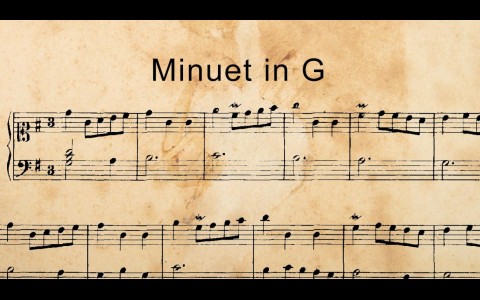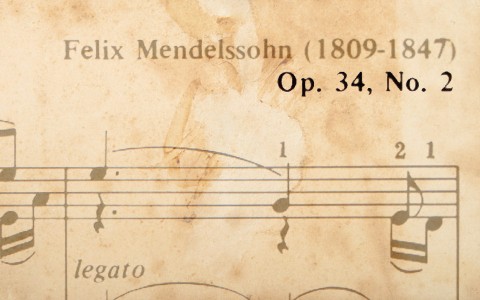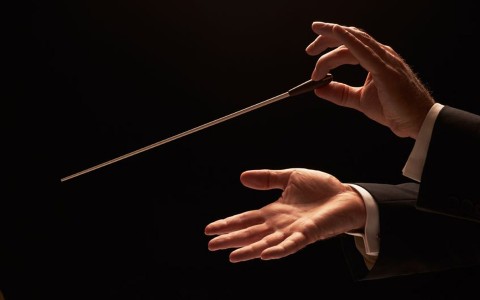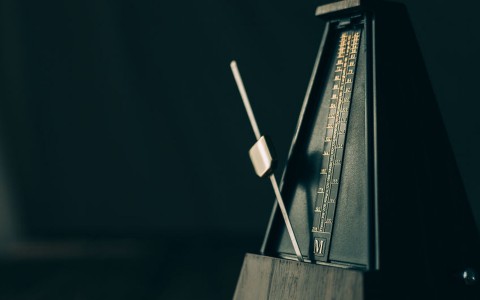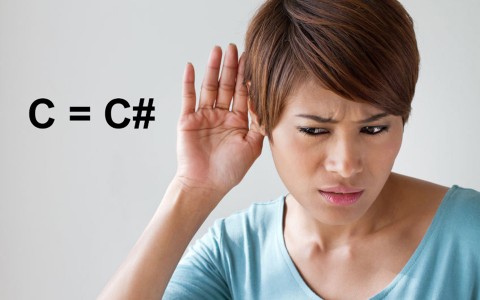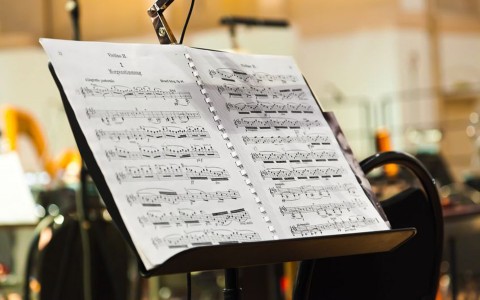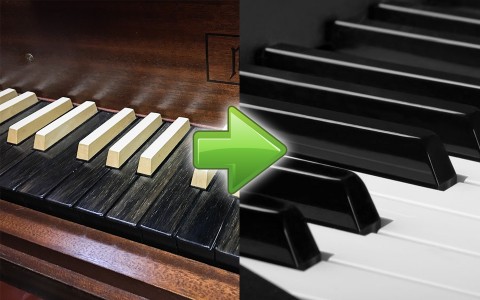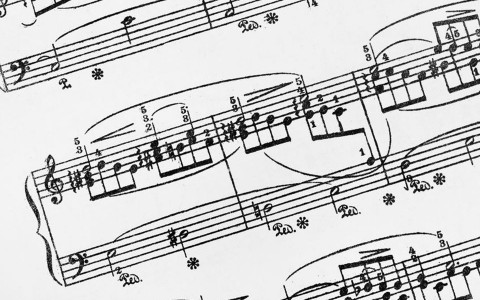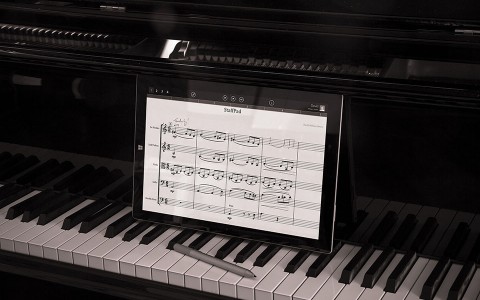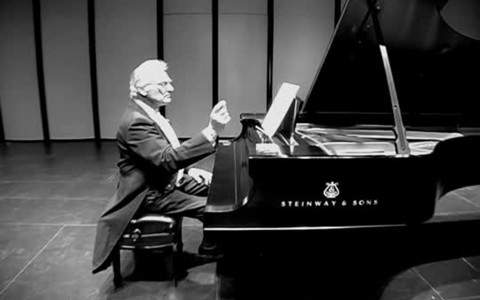Sound has always had a special place in human civilisation. Many people know sound as the basis of music, which is what results from putting together a series of sounds of varying lengths and pitches, intertwined in lovely melodies. However, sound is more profound than that. What is frequently dismissed as something dull and inconspicuous, and sometimes known as the poor cousin of music, may actually offer potential health benefits.
Sound is produced from the natural vibration of an object. Every object in this universe, whether it is a living or non-living thing, produces vibrations. Though this may seem hard to believe, everything resonates at a certain frequency. This includes the chair we sit on, the leaves on the trees and things as minute as water molecules. Because the natural vibrations of all things around us travel through the air and the ripples of movements reach us, they have a way of impacting us, whether positively or negatively. One positive impact that is proving to be a major area of interest is the healing powers of sound. Incredible as it may sound, sound healing is not based on wishful thinking. People are dedicating resources to the study of how sound can heal humans.
In the 1970s, a biophysicist named Gerald Oster performed research into the effects of sound waves on the human brain. His work, also published in Scientific American Oct 1973 Volume 229 Issue 4, revealed that when different tones are played in the left and right ears, the difference caused the brain to create a third tone. This tone, called the binaural beat, syncs the brain waves in both the left and right hemispheres of the brain. Oster’s early research laid the foundation for today’s work by scientists studying this up-and-coming area of sound healing.
A growing amount of research into this area is pointing to positive results. In the United States, researchers have established a link between playing sounds to the positive treatment of and relief from stress and ailments like Parkinson’s Disease and hormonal problems.
People who have had problems speaking have also been healed with the help of music. Apart from the scientific links, another angle to this argument, according to sound healers, is that vibration is not just heard but also felt. Quoting Stephenie Rosenbloom in a November 2005 article in the New York Times, healers claim that vibrations can “lower heart-rate variability, relax brain-wave patterns, and reduce respiratory rates.”
Recognising the potential health benefits of sound, busy urban dwellers living a hectic lifestyle have been making a beeline for sound therapy workshops. Such workshops offering alternative treatment for anxiety and sleep disorders use unconventional tools, such as gongs, Tibetan singing bowls and tuning forks. While these instruments can hardly produce melodious music like pianos and violins do, the single, monotonous sounds produced have an extremely calming effect on the human mind, not unlike that produced by chanting mantras and meditation. People who attend such workshops have reported positive experiences and lasting calmness, long after the workshops are over.
In today’s modern, fast-paced world, where stress takes its daily, unrelenting toll on us, it may be worthwhile to take a step back and explore sound’s healing effects. As Joshua Leeds, an expert in psychoacoustics – the study of the effects of sound on the human nervous system – puts it, “Sound healing is trending up. It’s like where yoga was 15 years ago. People are realising that sound is a viable medium to address stress, enhance learning, even work with an autistic child.”




